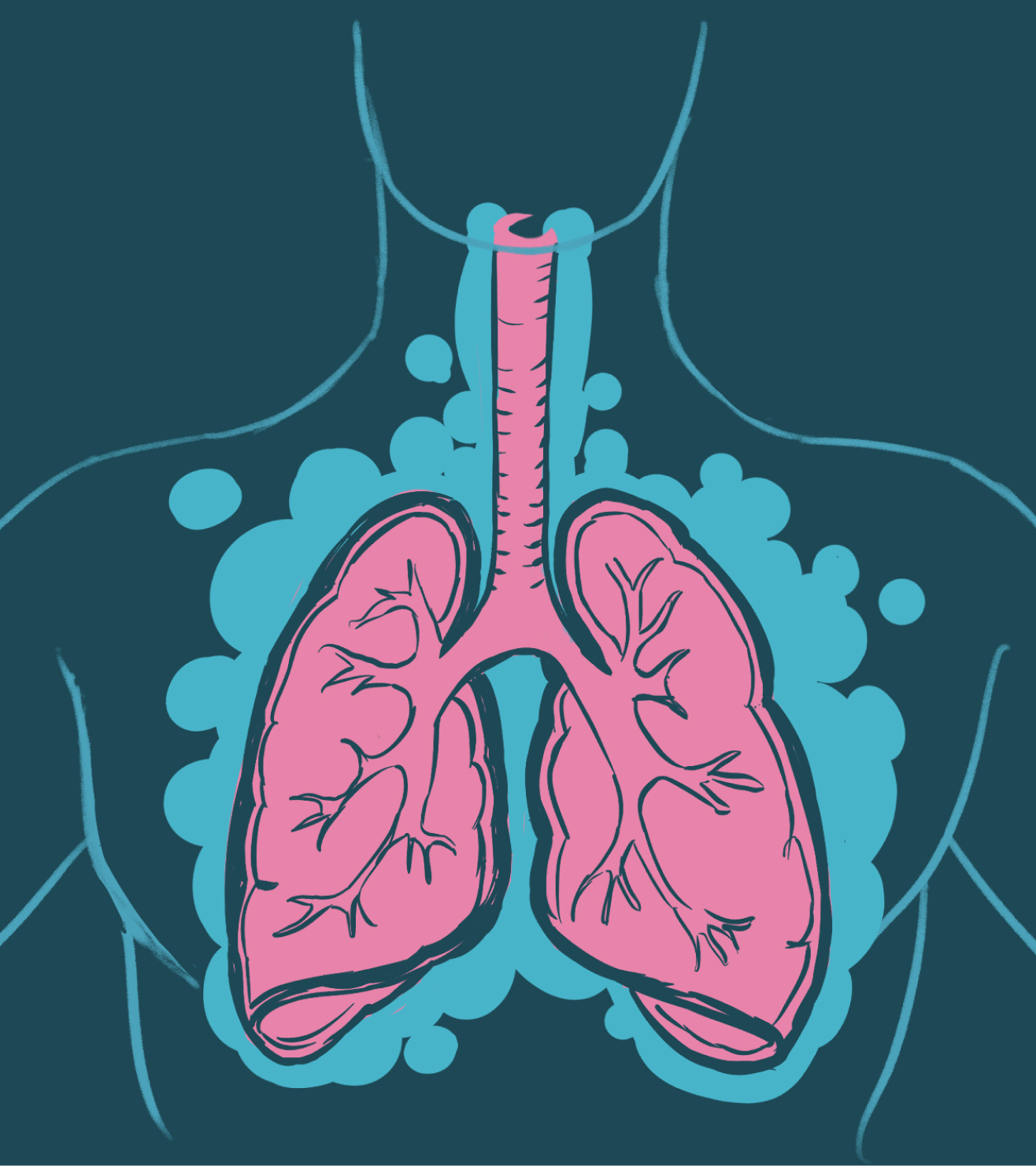Howitreat (the “Site” or “We”) provides the public and healthcare professionals with information about various types of cancers, their origins, available treatments, and helps optimize the internal logistics for healthcare professionals. It is designed to serve informational purposes and reflects my approach to practice. The Site should not be used as a replacement for a healthcare professional’s professional opinion, and should only be used to supplement standard medical practices. While we strive to provide accurate and up-to-date information, we cannot guarantee its completeness or timeliness. The Site may contain links to external websites or resources that are not controlled or maintained by us. We do not endorse or assume any responsibility for the content, accuracy, or availability of these external sites. The information provided through the Site is not a substitute for medical advice, and you should not rely on it for medical diagnosis, assessment, or treatment. We do not endorse or recommend any specific products or treatments mentioned on the Site. Your reliance on any information provided by us or available on the Site is at your own risk.
Always consult with your physician (or another qualified healthcare professional) for any questions or concerns regarding your personal health, medical conditions, medications, and before initiating or discontinuing any treatment, drug, or medication. Do not disregard, avoid, or delay seeking medical advice from your physician (or other qualified healthcare professional) based on any information you may have received or obtained through the Site.
Healthcare professionals or public must not, under any circumstances, provide or publish any personal information (including but not limited to the name) of any individuals on the Site.
Each physician (or another qualified healthcare professional) is responsible for his professional services and compliance with the requirements applicable to his profession and license. We will not be liable for any professional advice or healthcare services you obtain from a physician (or another qualified healthcare professional) through his use of the Site.
We disclaim all responsibility if a physician (or another qualified healthcare professional) shares a patient support program with third parties who are not healthcare professionals.
